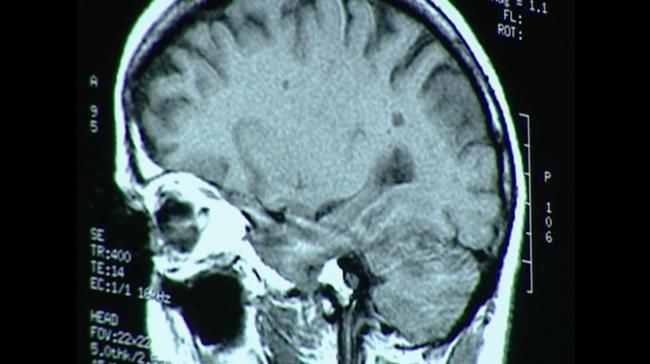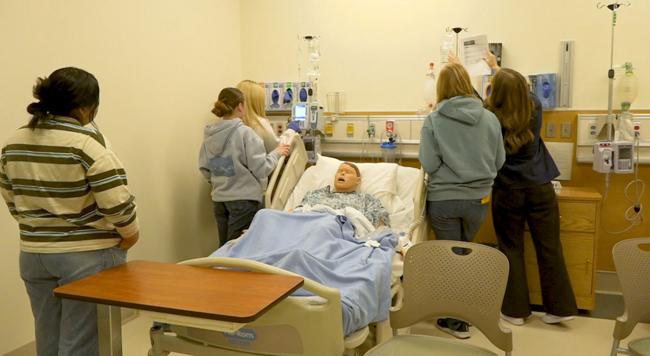Summary
As a leading charitable foundation and healthcare advocacy organization, the Patient Access Network Foundation is dedicated to accelerating access to treatment for those who need it most.
Source: WBBJ-TV

AI News Q&A (Free Content)
Q1: What is the Patient Access Network (PAN) Foundation and what impact has it had on financial assistance for chronic disease patients in the U.S.?
A1: The Patient Access Network Foundation is a U.S.-based nonprofit organization dedicated to accelerating access to treatment through financial assistance, advocacy, and education. Since 2004, it has provided over $4.5 billion in financial assistance to more than 1.2 million people with chronic or life-threatening illnesses. PAN has also achieved significant policy advancements that improve patient access to care and mobilized thousands of advocates to support health equity.
Q2: How does socioeconomic status influence access to healthcare for patients with chronic diseases, according to recent research?
A2: Recent studies show that socioeconomically disadvantaged neighborhoods have higher rates of clustered chronic conditions, or 'chronic affinity.' In these areas, factors such as poverty, crime, and unemployment strongly correlate with increased chronic disease burden. These findings highlight the need for targeted allocation of healthcare resources and financial support in high-risk communities to address disparities in chronic disease outcomes.
Q3: What are the primary barriers faced by individuals with chronic conditions in accessing physical therapy, and how can technology help address these challenges?
A3: Individuals with chronic conditions often face barriers to accessing physical therapy, including transportation issues, inadequate insurance coverage, and physical limitations. Recent research indicates that technology-driven solutions, such as remote and at-home physical therapy programs, can help mitigate these barriers by offering flexible, accessible care options. Improved digital tools can also enhance communication and adherence to therapy regimens.
Q4: What recent innovations have been proposed to improve risk adjustment in health insurance markets for people with chronic illnesses?
A4: A recent methodological innovation involves clustering diagnostic codes into risk groups using advanced statistical models, such as Markov Chain Monte Carlo methods. This approach improves the accuracy of health expenditure predictions and risk adjustment, which can lead to better health insurance coverage and access for chronically ill individuals, particularly in systems like Colombia's healthcare market.
Q5: How do national guidelines address the management of rare chronic pediatric conditions, such as posterior urethral valves (PUV), and what role does insurance coverage play?
A5: National diagnostic and care protocols, like France’s NDCP for posterior urethral valves, emphasize early diagnosis, multidisciplinary care, and standardized treatment pathways to improve outcomes for rare pediatric conditions. These guidelines also highlight the importance of insurance coverage for necessary specialty products and off-label pharmaceuticals, aiming to ensure consistent access to care and reduce long-term complications.
Q6: In what ways has the PAN Foundation influenced health policy and patient advocacy in the United States?
A6: The PAN Foundation has been instrumental in influencing health policy by achieving major policy victories that increase access to care for patients with chronic and rare diseases. Through mobilizing thousands of advocates, PAN has contributed to shaping public policy and healthcare regulations, ensuring that patient voices are heard and that financial and systemic barriers to treatment are reduced.
Q7: What is the significance of using publicly available datasets to identify and address health disparities in chronic disease care?
A7: Using publicly available datasets, such as those from the CDC and Census Bureau, allows researchers and policymakers to identify 'hot spots' of chronic disease and socioeconomic deprivation. These insights enable more effective allocation of clinical and healthcare resources, prioritizing interventions in communities with the greatest need and thus improving overall public health outcomes.
References:
- Patient Access Network Foundation - PAN Foundation: https://en.wikipedia.org/wiki/PAN_Foundation





